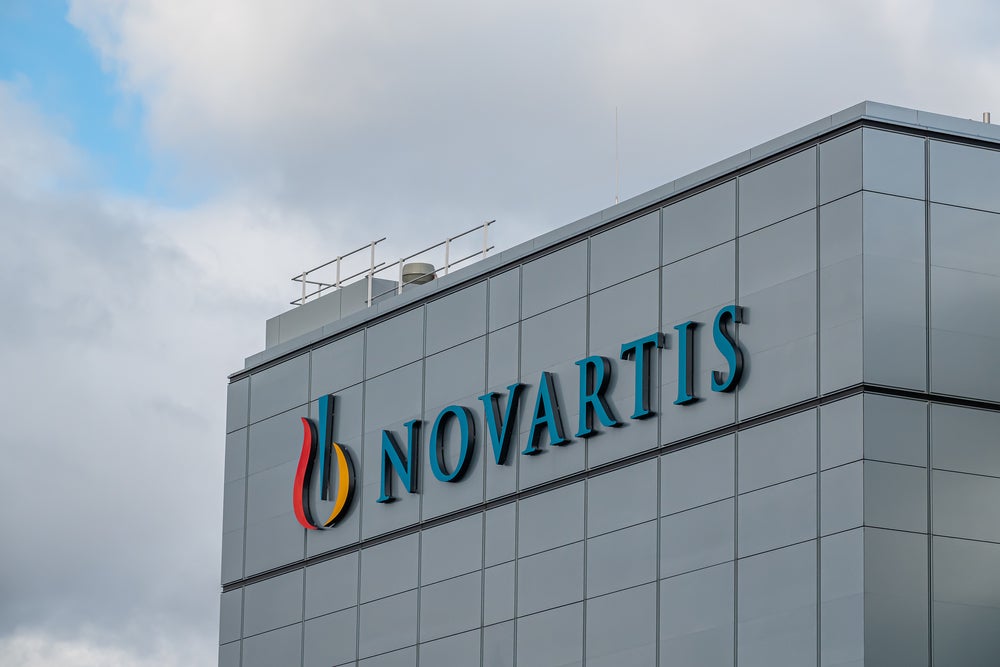
Need to Know:
GlobalData’s proprietary model uses a combination of machine learning and an algorithm to calculate an individual drug’s Phase Transition Success Rate (PTSR) and Likelihood of Approval (LoA). While LoA provides the probability of a drug ultimately receiving market authorization, PTSR indicates the probability of a drug’s advancement to the next stage of clinical development. The model uses data points from the individual drugs, clinical trials, regulatory milestones, company, and financial databases.
LoA bolstered for Novartis in rare disease
Novartis’ PI3K-delta inhibitor CDZ173 (leniolisib) had its LoA increase by five points to 20% on the heels of its Phase II/III trial, which has completed. The trial is recruiting patients with PASLI disease (p110d-activating mutation causing senescent T cells, lymphadenopathy, and immunodeficiency), also known as activated phosphoinositide 3-kinase delta syndrome (APDS).
The LoA appraisal occurred on 21 September, after the Phase II/III trial’s ClinicalTrials.gov listing was updated on 17 September to show its actual completion was on 16 August. The Phase II/III trial had two parts: the first is an open-label, within-patient up-titration study, and the second is a blinded, placebo-controlled fixed-dose study. Part I has coprimary endpoints collecting safety and pharmacokinetic data, while Part II had efficacy-relevant endpoints.
High expression of PI3K-delta in leukocytes, as well as its pivotal role in B and T cells, is assumed that PI3K-delta selective inhibition would be valuable in allergic and inflammatory disease. PASLI disease is recognised by recurrent sinopulmonary infections that can pave the way to airway damage.
Kalyra’s pain approach sinks by 36 points
Kalyra Pharmaceuticals’ KP-1199 for chronic pain saw its PTSR nosedive 36 points to 31% after its Phase I trial was terminated. The PTSR change occurred on 21 September after ClinicalTrials.gov listed the trial as “terminated early by sponsor” on 9 September.
How well do you really know your competitors?
Access the most comprehensive Company Profiles on the market, powered by GlobalData. Save hours of research. Gain competitive edge.

Thank you!
Your download email will arrive shortly
Not ready to buy yet? Download a free sample
We are confident about the unique quality of our Company Profiles. However, we want you to make the most beneficial decision for your business, so we offer a free sample that you can download by submitting the below form
By GlobalDataThe San Diego, California-based Kalyra had planned to enroll 97 healthy subjects in a Phase I single and multiple ascending dose study. The trial was designed to enrol participants into three groups where they would receive KP-1199, placebo or the active comparator oxycodone. The study enrolled only 26 subjects before it was terminated. KP-1199 is a small molecule acetaminophen analog that can help alleviate chronic pain.
The trial termination also resulted in a four-point drop to the drug’s Likelihood of Approval (LoA), which fell to 3%.
CCH’s ketamine asset drops by 30 points
CCH Pharmaceuticals’ intranasal ketamine for acute cluster headaches saw its PTSR sink 30 points to 14% after its Phase I/II trial missed its primary efficacy endpoint. The PTSR change occurred on 17 September after the Phase I/II trial’s abstract was presented at this year’s International Headache Conference (9 September).
The proof-of-concept trial enrolled 23 patients, with a primary endpoint of 50% pain intensity reduction within 15 minutes of initiating treatment. While the study did not meet its primary endpoint, pain intensity was reduced by 59% from 7.25 to 2.94 along an 11-point rating scale at 30 minutes (p=0.0002). There were no serious adverse events reported.
Ketamine can reduce pain by targeting the N-methyl-D-aspartate (NMDA) receptor; it is known to hold abuse potential. Phase I/II results also lead to a nine-point drop to the drug’s Likelihood of Approval (LoA), which fell to 5%. CHH is based in Copenhagen, Denmark.
Theravance’s nOH approval chances dive
Theravance Biopharma’s ampreloxetine had its LoA plummet by 24 points to 30% in symptomatic neurogenic orthostatic hypotension (nOH) on the back of negative topline Phase III trial data. The company announced the results on 15 September, with the LoA updated two days later (17 September).
The 195-patient, placebo-controlled Phase III SEQUOIA trial had a primary endpoint of score change from baseline in the first question of the Orthostatic Hypotension Symptom Assessment (OHSA #1) questionnaire. OHSA #1 relates to dizziness, lightheadedness, feeling faint, or feeling like blacking out; the score ranges from 0 to 10, with 10 being worst possible score.
On 2 April, this news service reported SEQUIOA may find it difficult to demonstrate clinically valuable results despite a clinically relevant primary endpoint. Experts warned that SEQUOIA’s questionnaire-based primary endpoint, which is inherently subjective, and a wide array of nOH patients enrolled, may be a barrier such clinically relevant data.





